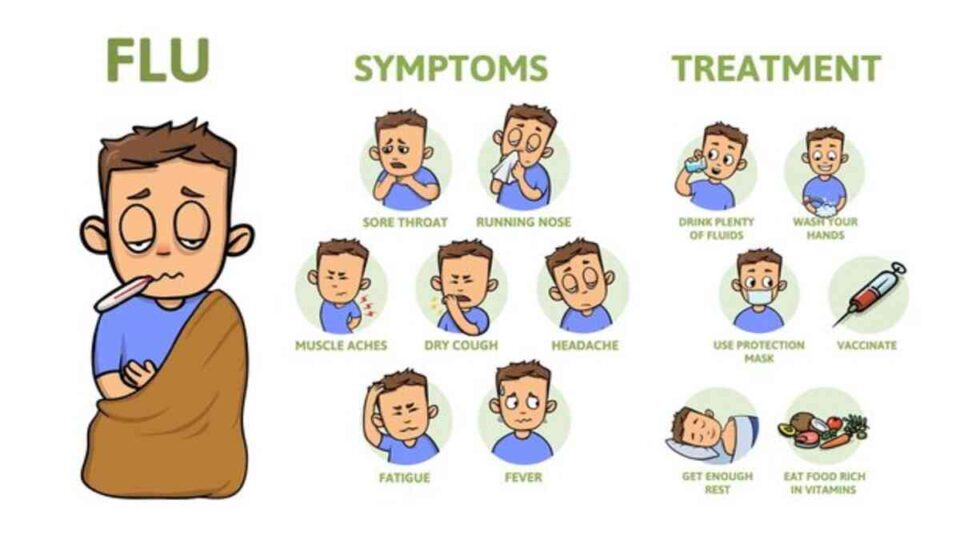Introduction
The German phrase “was tun bei fiebriger Erkältung” translates to “what to do with a feverish cold”. Many people search for this when they are feeling weak, have a runny nose, and are running a fever. A cold is already uncomfortable, but when fever is added, it becomes harder to manage.
In this article, we will explore the meaning of the phrase, the main causes of a feverish cold, common symptoms, and the best ways to get relief. We will also discuss prevention strategies and answer frequently asked questions so you know exactly what steps to take if you or a loved one develops a feverish cold.
Understanding “Was tun bei fiebriger Erkältung?”
Translation and Meaning
The phrase literally means “what to do when you have a cold with fever.” It’s a practical question people ask when they need quick guidance and relief from common cold symptoms made worse by fever.
Why It’s a Common Concern
- Seasonal changes often bring colds and flu.
- Children, elderly people, and those with weak immune systems are more likely to experience colds with fever.
- Searching this phrase online shows a strong need for simple advice and trustworthy remedies.
Causes of a Feverish Cold
Viral Infections
Most feverish colds are caused by viruses such as rhinoviruses or influenza. These viruses affect the respiratory system, leading to congestion, cough, and sometimes a rise in body temperature.
Weakened Immune System
When your immune system is stressed — from lack of sleep, poor nutrition, or chronic stress — your body becomes more vulnerable to infections.
Environmental Triggers
- Cold weather and sudden temperature changes.
- Poor indoor air quality or pollution.
- Close contact with people who already have a viral infection.
Symptoms to Watch Out For
Typical Cold Symptoms
- Runny or stuffy nose
- Sneezing and sore throat
- Mild to moderate cough
Signs of Fever
- Body temperature above 38°C (100.4°F)
- Chills and sweating
- Fatigue, muscle aches, and headache
When to Seek Medical Advice
- Fever higher than 39°C (102°F) that lasts more than three days
- Shortness of breath or chest pain
- Severe dehydration
- Symptoms that get worse instead of better
What Helps – Practical Tips
Home Remedies for Relief
- Rest – Allow your body time to recover. Sleep is vital for healing.
- Hydration – Drink warm teas, water, or broths to replace lost fluids.
- Steam inhalation – Inhaling steam can relieve nasal congestion.
- Honey and ginger – Natural remedies that soothe the throat and may reduce cough.
- Warm compresses – Helps reduce sinus pressure and headaches.
Over-the-Counter Medications
- Paracetamol (acetaminophen) or ibuprofen can lower fever and reduce body aches.
- Nasal sprays (saline-based) ease breathing.
- Lozenges relieve sore throat irritation.
Always follow dosage instructions and consult a healthcare provider if unsure.
Boosting Immunity
- Eat foods rich in vitamin C and zinc.
- Stay active with light movement if possible.
- Manage stress through relaxation techniques like deep breathing.
Prevention Strategies
Strengthening the Immune System
- Balanced diet with fruits, vegetables, and lean proteins.
- Adequate sleep (7–9 hours per night).
- Regular moderate exercise.
Hygiene Habits
- Wash hands frequently with soap.
- Avoid touching your face after being in public places.
- Use tissues or your elbow when coughing or sneezing.
Lifestyle Adjustments
- Keep your living space ventilated.
- Use a humidifier during dry seasons.
- Stay hydrated daily, not only when sick.
FAQs about Was tun bei fiebriger Erkältung
1. What does “was tun bei fiebriger Erkältung” literally mean?
It means “what to do when you have a feverish cold.” It’s a German phrase people search for advice on colds with fever.
2. How long does a feverish cold usually last?
Most feverish colds improve within 7–10 days, though mild symptoms like a cough may linger longer.
3. Are natural remedies enough, or do I need medication?
Mild cases can often be managed with rest, fluids, and home remedies. However, medications may be needed for high fever or severe symptoms.
4. When should I see a doctor for a feverish cold?
If fever is high, symptoms last more than 10 days, or breathing becomes difficult, consult a doctor immediately.
5. Can children safely use home remedies?
Yes, but avoid honey for children under 1 year, and always consult a pediatrician before giving any medicine.
Conclusion
Searching “was tun bei fiebriger Erkältung” is a natural step when you or a family member feels weak with both a cold and fever. The best response includes understanding the causes, recognizing symptoms, and applying simple remedies like rest, hydration, and natural treatments.
Most cases are mild and pass within a week, but medical advice is essential if symptoms worsen or fever is high. By combining good home care with prevention habits, you can recover faster and reduce the risk of future infections.

